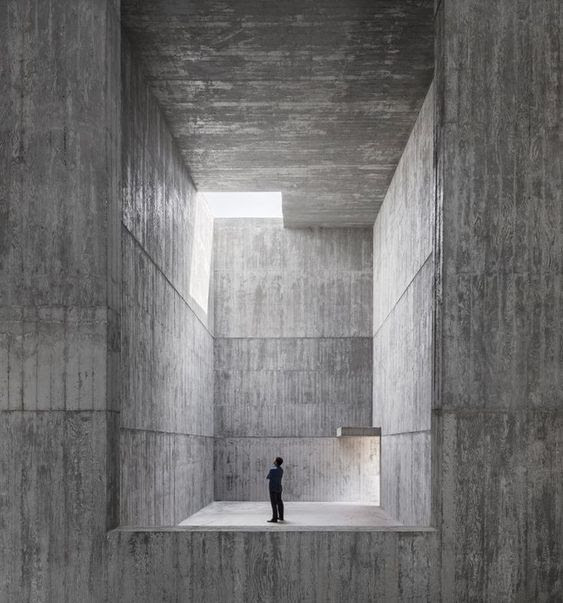
Designing the interior starting from light
Light plays a primary and fundamental role inside the house both during the design phase and during renovations. It is the light that more than anything else affects the perception of well-being, emotions and our productivity during the day. In a poorly lit room we find it hard to read, study, work. While the alternation between light and dark is unbalanced in a bedroom, we will surely not rest well. We live on natural light that changes intensity and modifying warmth and color according to the seasons, involving us in this change, which is why the light and the relationship that the luminous space maintains with us and our home is crucial for the success of an architectural project.
Natural light is the first element that a designer must consider when designing a home or when intervening in a rethinking of interior spaces.
It is the natural light, that of the sun, which oversees the division of the spaces according to the orientation of the house, starting from nowadays fixed rules: a living room should be at South, embraced by a warm light, while the bedrooms should be at their classic position in the East.
The importance of exposure to natural light in the division of spaces
To divide spaces, it is important to consider the quality and quantity of natural light that they can occupy by exploiting it to make the rooms more comfortable and welcoming. It is necessary to study the exposure to natural light of the rooms and understand the hours of the day when they are best lit and in which they remain dark. Natural light will enter in The rooms facing west until the afternoon and are particularly suitable for carrying out daytime activities such as studying or teleworking. The exposure of rooms facing east is suitable for the sleeping area: the sunlight that penetrates the morning from the bedroom windows is a natural wake up call, as long as it is not too blinding. The structural characteristics of the house are also important in the study of light during the design and division of spaces: for a first floor apartment you will have a certain type of approach to light, while an attic allows you to play with skylights, and through natural light, glass boxes that will create new spaces and new paths.
The different types of architectural light
Light is an instrument and material of architecture: it can create a space, illuminate points and change the face of a room becoming a design element. In addition to natural light, artificial light also plays a fundamental role in the interior design of a house. For this reason, the choice and arrangement of artificial light cannot be improvised but requires professionals who are capable of conducting valid photometric studies. To obtain the best distribution of artificial lights it is necessary to carry out a light study that integrates the lighting of spaces with interdisciplinary skills ranging from the nature of the human eye to the principles of architectural design. There are different types of architectural light suitable for illuminating home spaces: an accent, concentrated and dipped-beam light can go directly and easily where it is needed to give light to a study or work station through floor or table lamps and wisely chandeliers facing the work areas. A diffused light, with the use, for example, of recessed lamps, will be ideal for the lighting of corridors and passage points, decorating the environment. Architectural light is the right tool to create atmosphere: relaxing to reconcile rest but also lively that prepares to face a new day.
Lighting Design: indoor and outdoor step lights
Very pleasant, discreet and non-invasive solutions, to integrate lighting in corridors, stairs, escape routes but also in outdoor spaces, are represented by step lights. Collected, placed flush on the wall or directly on the floor, these spotlights can indicate a path or can be used to highlight an area of particular interest such as, for example, a well-kept flowerbed in the home garden. Generally they are found in spaces and contexts where continuous but non-invasive lighting is needed, which is why the choice falls on a bright light that does not harm the eyes and is easy to follow. LED technology guarantees reduced energy consumption with full respect of environmental sustainability.
Even the arrangement of the spotlights requires the design intervention in which functionality, sustainability and aesthetics meet to create evocative scenarios in the interior and outdoor of the house.






